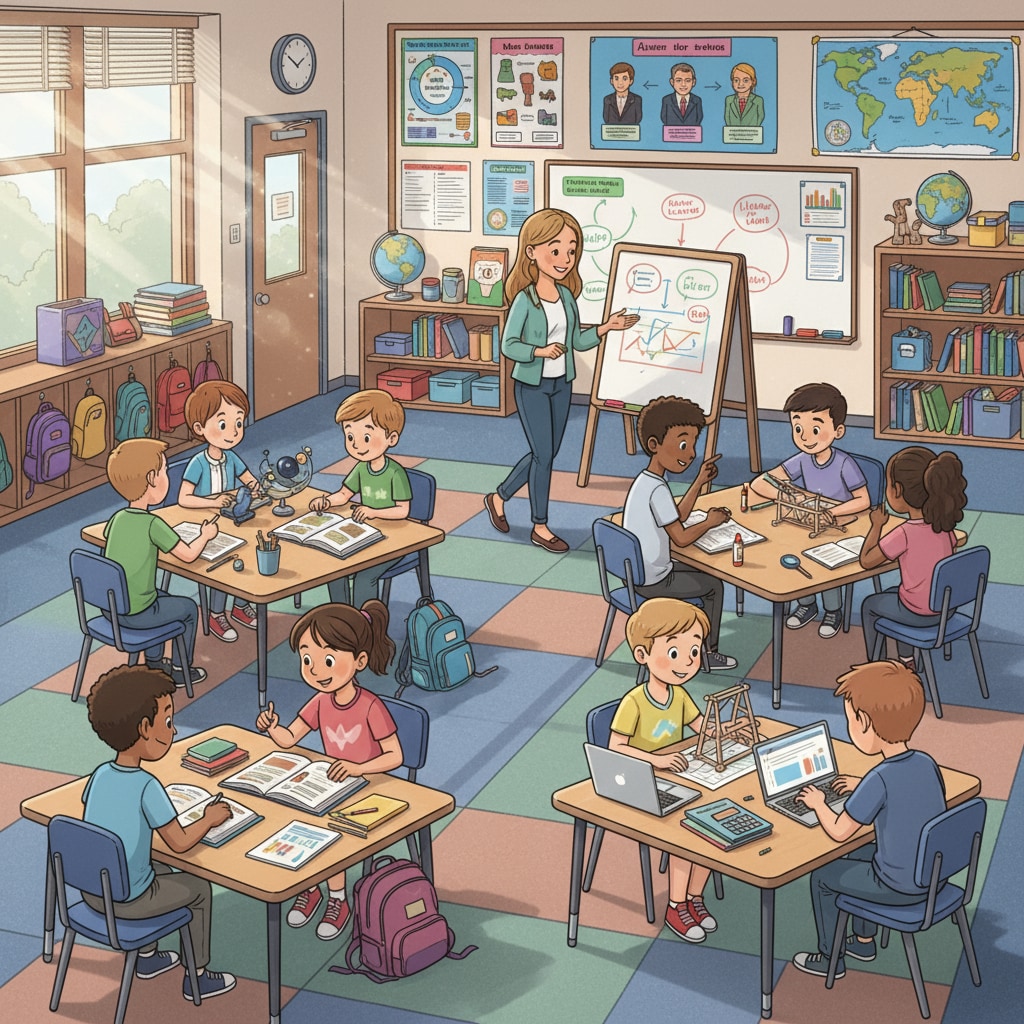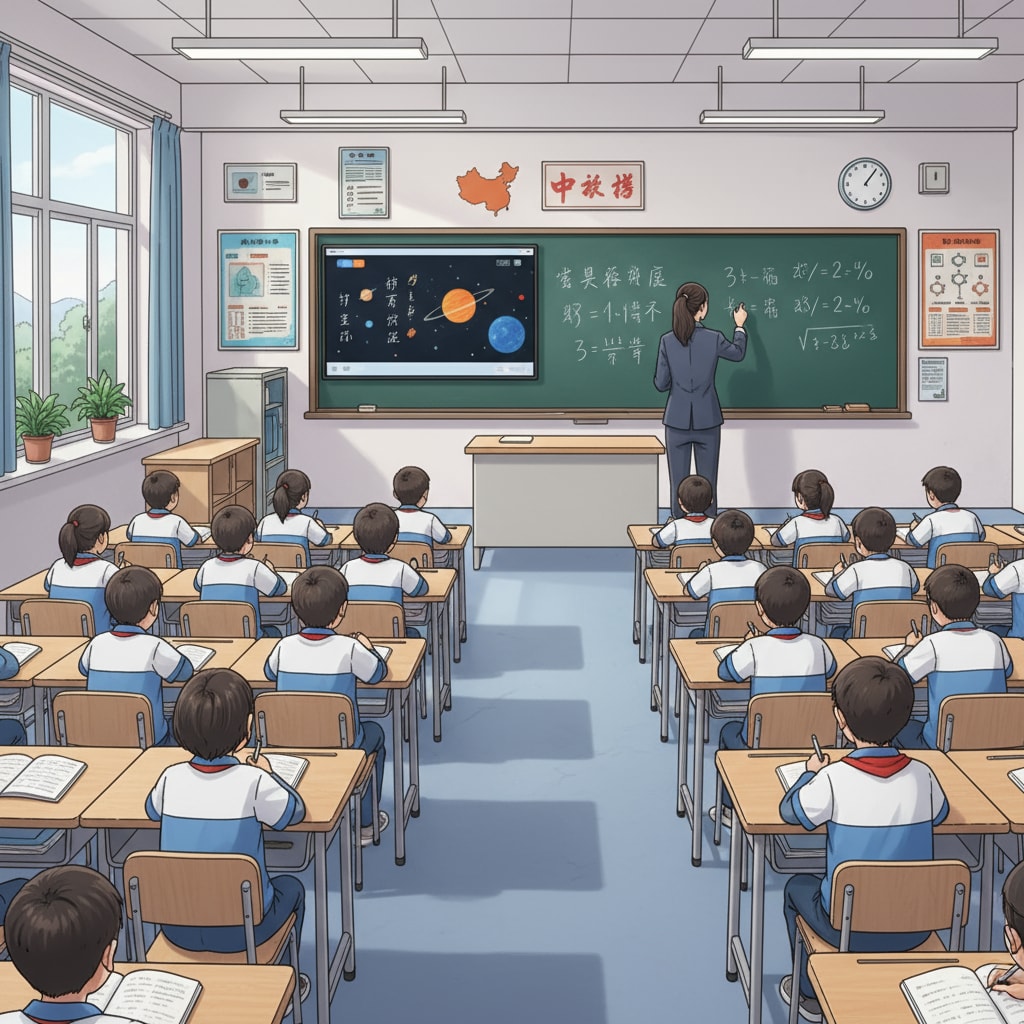Education systems, cultural differences, and learning pressures are key aspects when comparing the K12 education in the United States and China. The education systems in these two countries, deeply rooted in their unique cultures, have distinct characteristics that significantly influence students’ learning experiences.

Educational Philosophies: Nurturing Independence vs. Emphasizing Discipline
In the US, the educational philosophy often focuses on nurturing students’ independence, creativity, and critical thinking skills. Teachers encourage students to express their opinions freely, explore their interests, and solve problems independently. For example, students are frequently given projects that require them to conduct research, analyze data, and present their findings. This approach aims to develop well-rounded individuals who can adapt to various challenges in the future. According to Wikipedia’s entry on US education, this emphasis on individualism is deeply ingrained in American culture.
In contrast, Chinese education places a strong emphasis on discipline, rote learning, and academic excellence. The curriculum is designed to ensure students have a solid foundation in core subjects such as mathematics, science, and language arts. Teachers play a more directive role, guiding students through the learning process and ensuring they master the required knowledge and skills. This approach, influenced by traditional Confucian values, aims to cultivate students who are proficient in academic studies and can contribute to society.

Teaching Methods: Active Engagement vs. Structured Instruction
American K12 education often adopts teaching methods that promote active engagement. Classrooms are typically more interactive, with group discussions, hands-on activities, and student-led presentations being common. This encourages students to think independently and develop their communication and teamwork skills. For instance, in science classes, students may conduct experiments in groups to explore scientific concepts. As stated in Britannica’s article on US education, these methods help students better understand and retain knowledge.
On the other hand, Chinese teaching methods are more structured. Lectures and teacher-led instruction are the main forms of teaching. Students are expected to listen attentively, take notes, and memorize important information. Although this may seem more passive, it allows students to quickly acquire a large amount of knowledge and develop strong study habits. Additionally, Chinese students often have more homework and practice exercises to reinforce what they have learned in class.
Both educational systems have their own advantages and disadvantages. The US system, with its focus on independence and creativity, may better prepare students for a dynamic and innovative society. However, it could potentially lead to a lack of in-depth knowledge in some subjects. The Chinese system, emphasizing academic excellence and discipline, equips students with a solid academic foundation but may limit their creativity and independence to some extent. As educators, it is crucial to reflect on these differences and seek a balance that combines the best of both worlds. By understanding education systems, cultural differences, and learning pressures, we can strive to create educational environments that foster students’ all-round development. Readability guidance: The paragraphs are short and focused, using simple language to explain complex concepts. Transition words like ‘in contrast’ and ‘on the other hand’ are used to show differences. Each H2 section has a clear explanation of the teaching methods in both countries.


